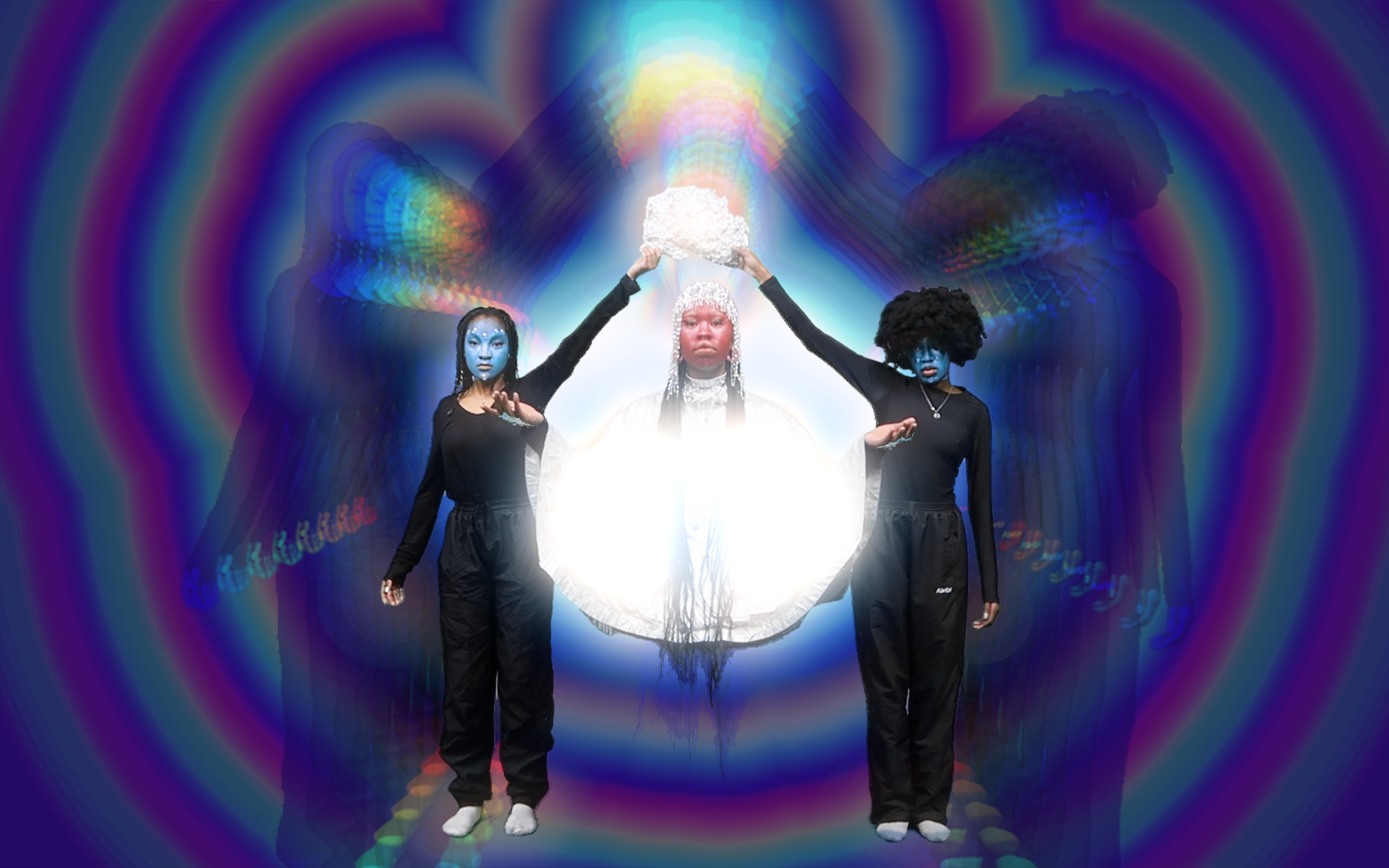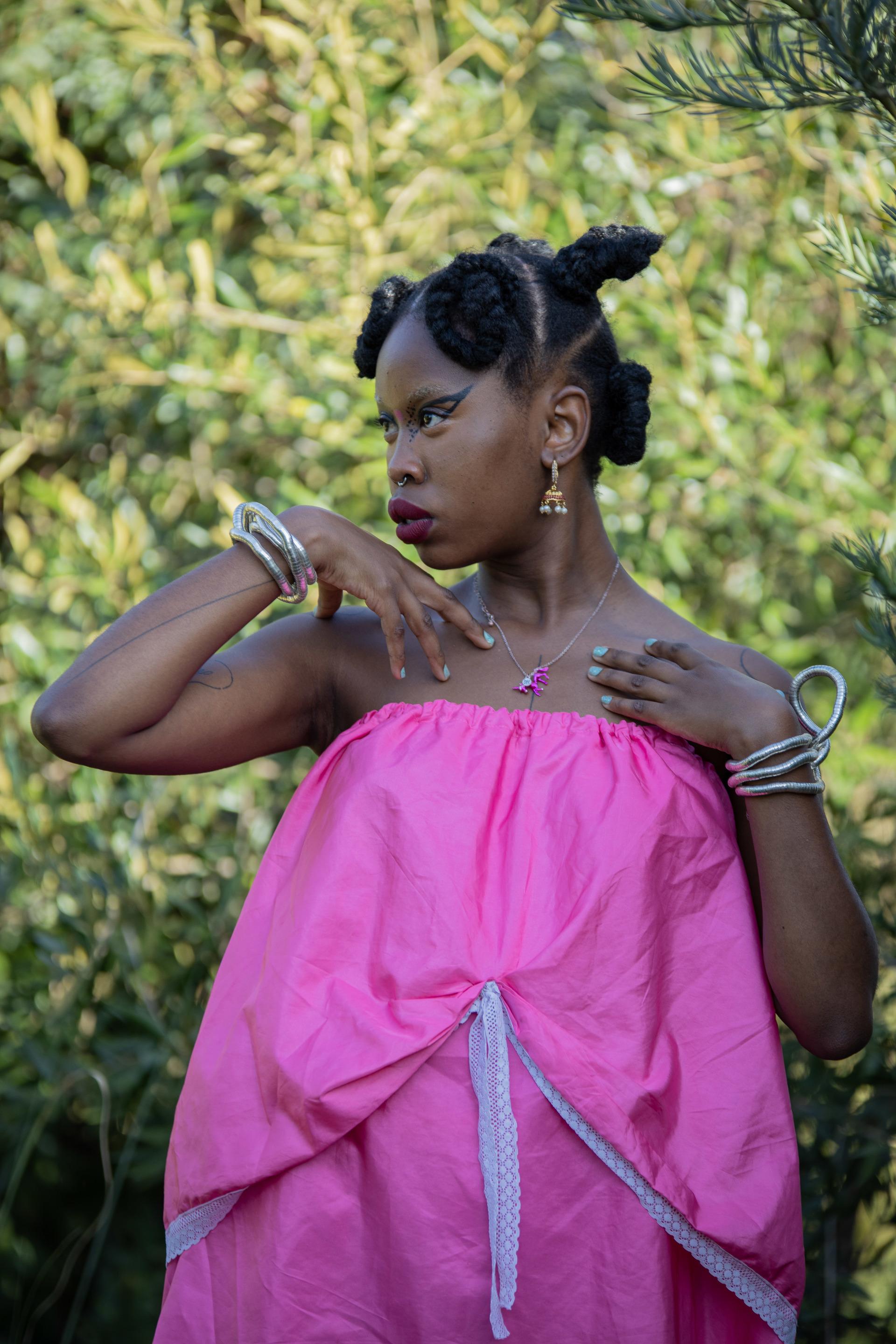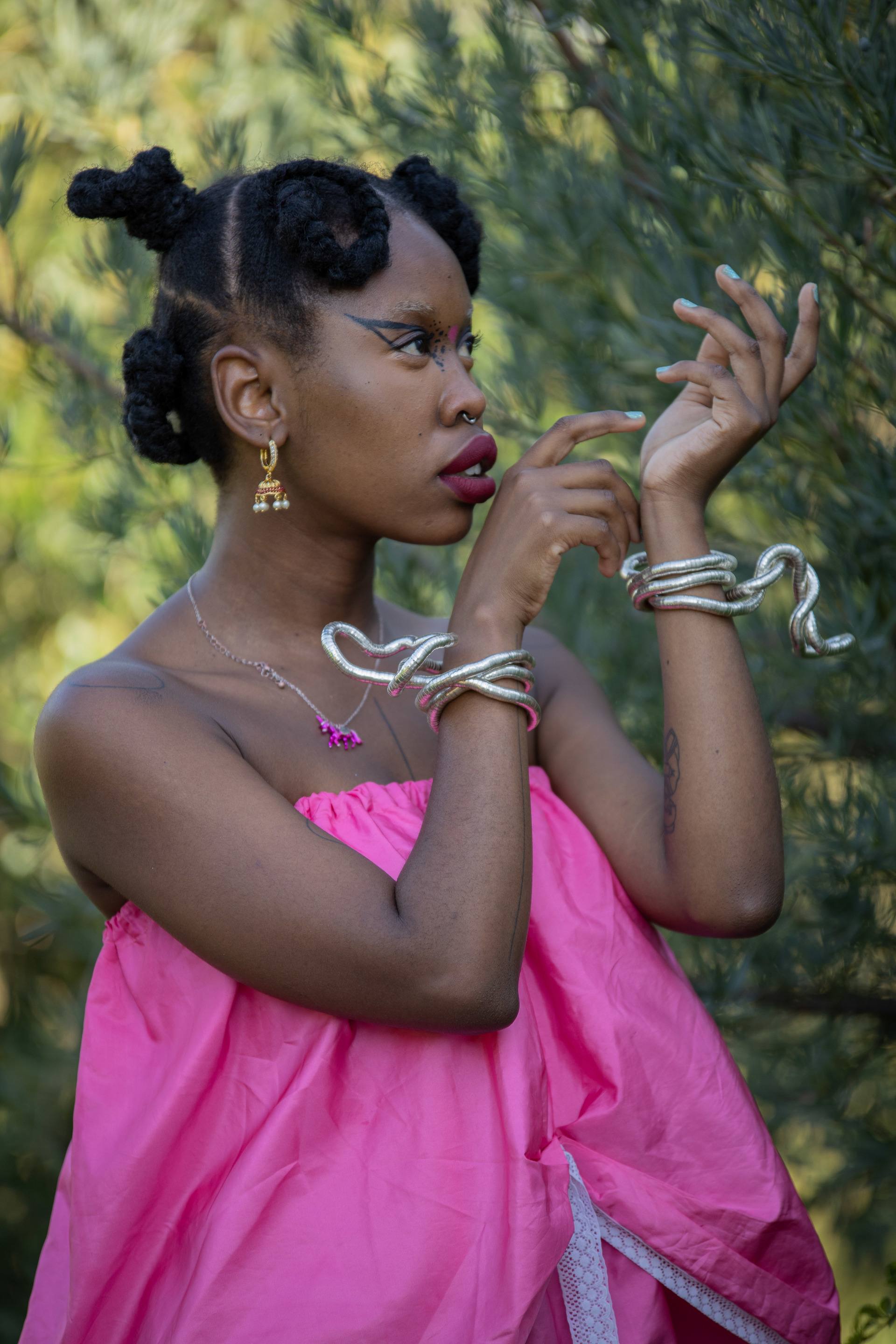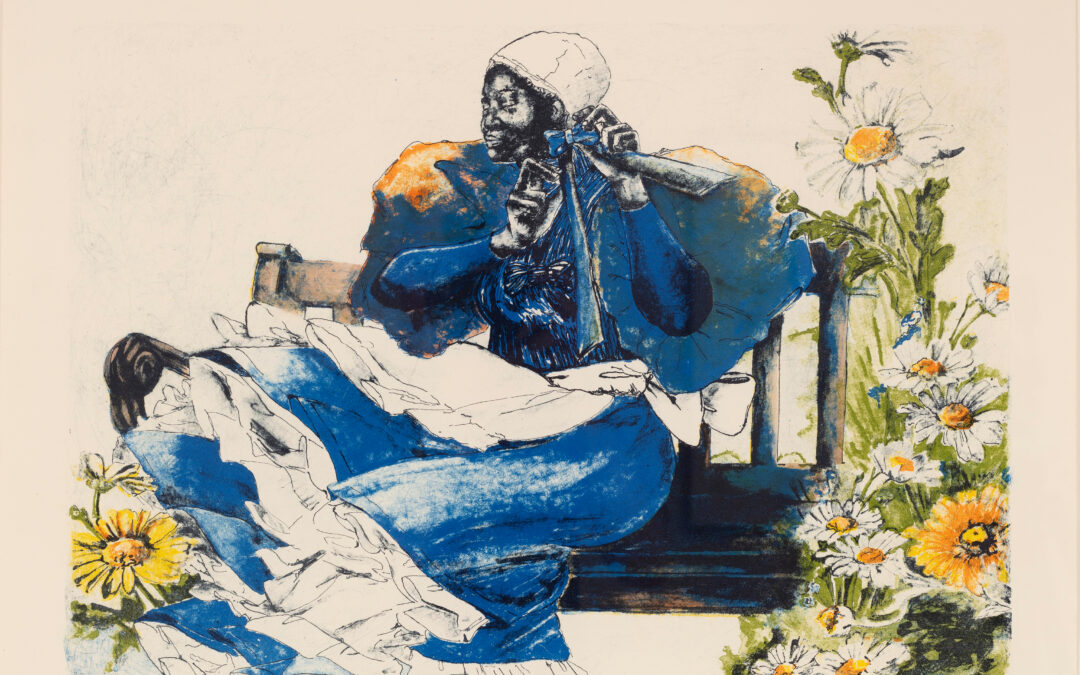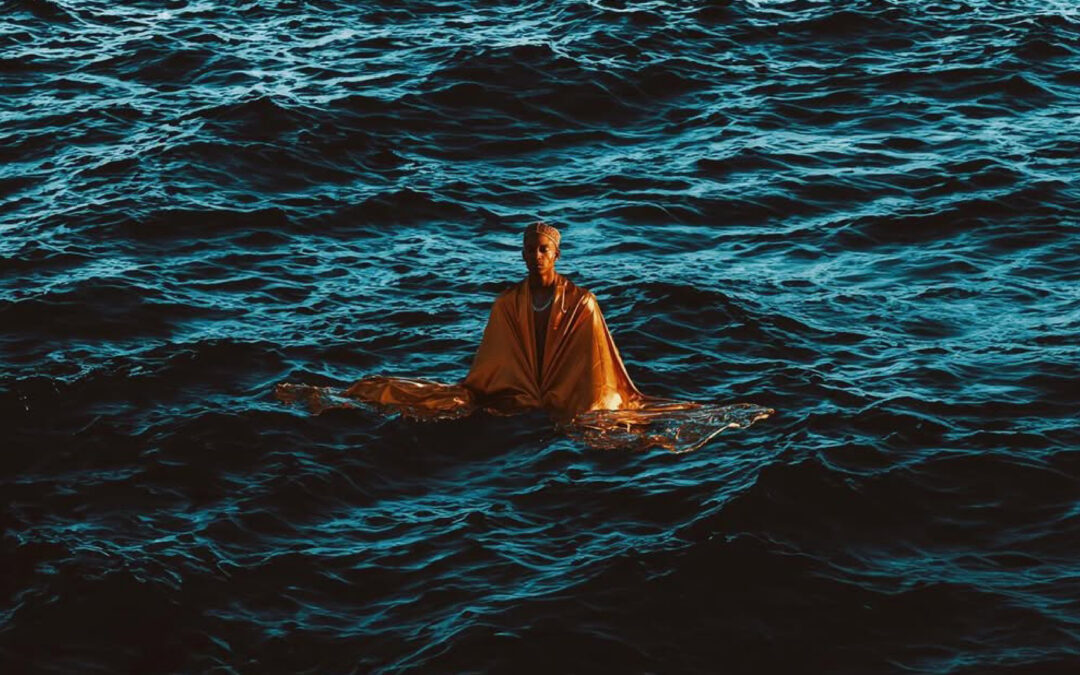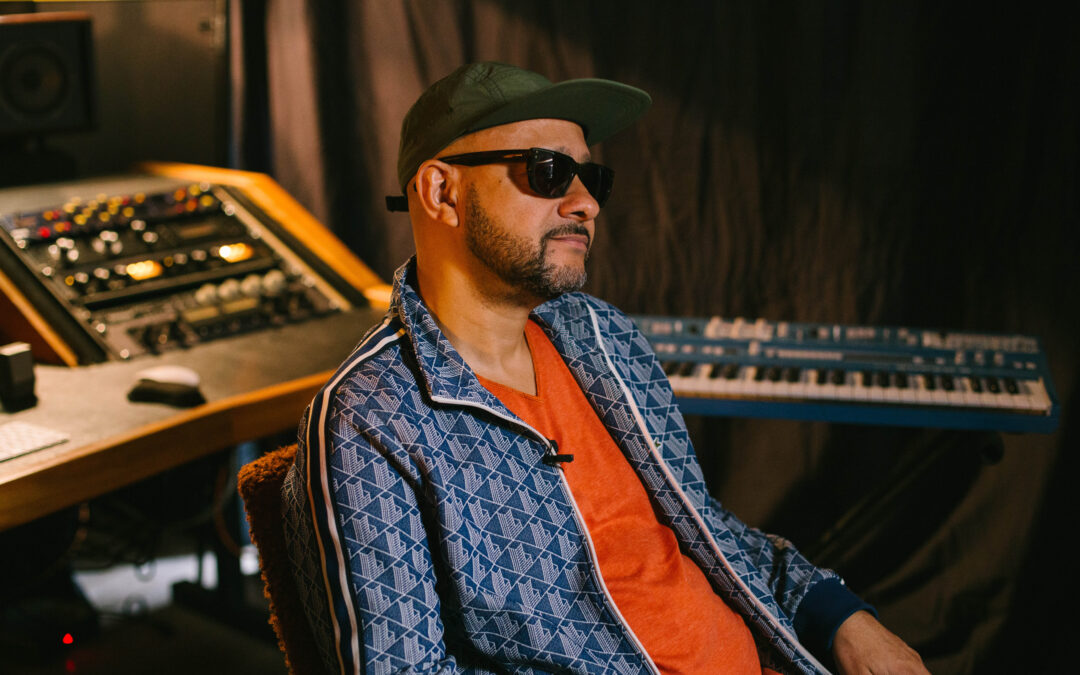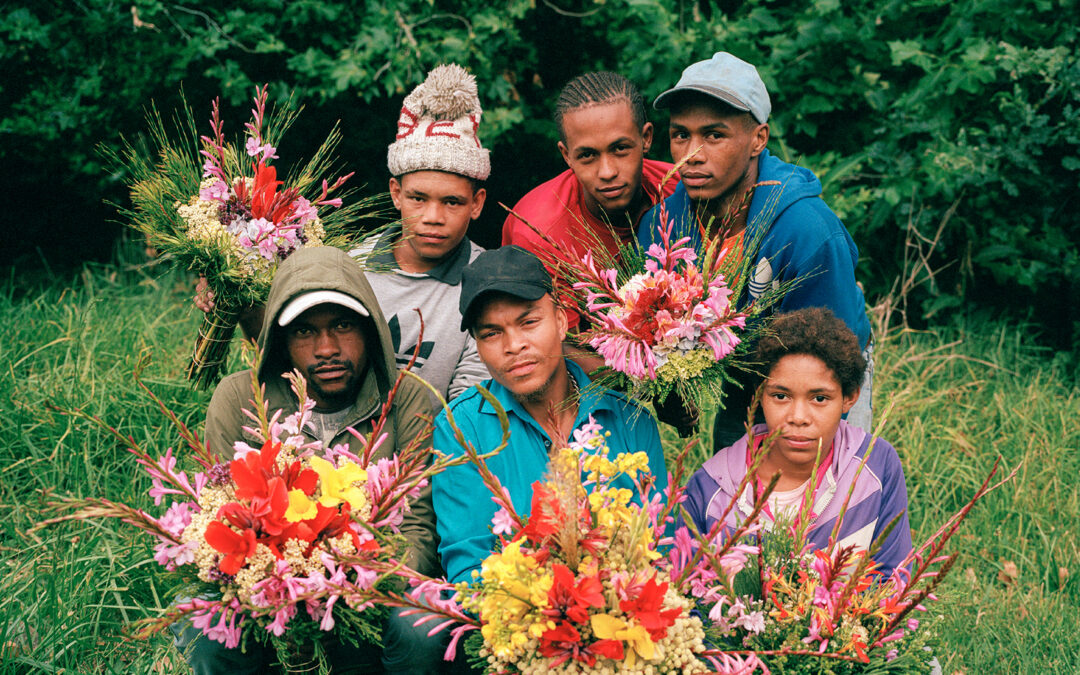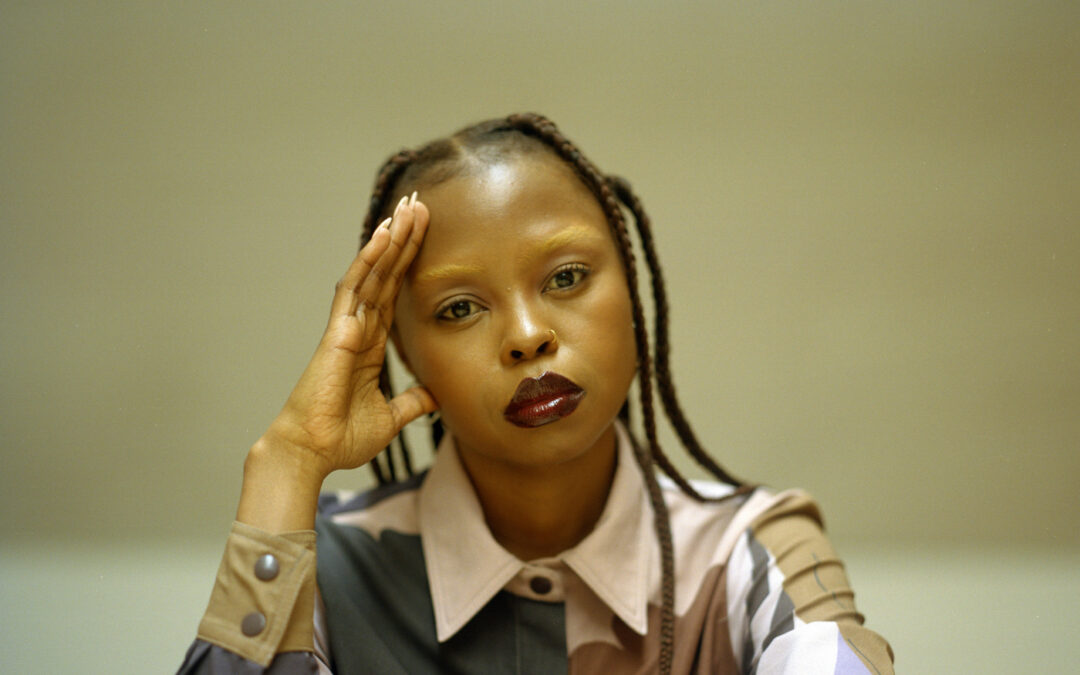Suspending oneself directly into one’s artistic practice can be a kind of metaphor for the intimacy and directness that art demands of its creators – yet, with new media artist Natalie Paneng – this metaphor is literal, and inextricable as she lends various threads and dimensions of herself (as characters and alter-egos) into all that she creates. New media art – compromised of technologically-driven mediums such as interactive art, sound art, graphics, animations video art – provide a kind of veneer behind which Natalie has been able to peer down into the development of her practice, and in doing so – has created an astoundingly kaleidoscopic, dreamy and surreal vantage point for her work to be seen from. Natalie’s work gives me the kind of feeling I remember having in my early teens discovering Tumblr – where my own sense of individuation was able to take place through the internet, and perceiving creative expression through the matrix of the world-wide-web felt endlessly exhilarating, inspiring – and perhaps even liberating. Images, GIFS, videos – creators and personas – that allowed me to sort through the aesthetic variations I felt inside my own mind. With the digital world, we can be anything; and gather all the strands of subcultural, visual and sonic material that befit who we feel we are, not just who we feel determined to be in the physical world. Natalie, shows us, the multiplicity of her essence in this regard; she is otherworldly, but of this world – inspired by genres like vaporwave, but creating her wave too – a world-builder and cosmic progenitor who brings the purity of her inner-child along with her every step of the way.
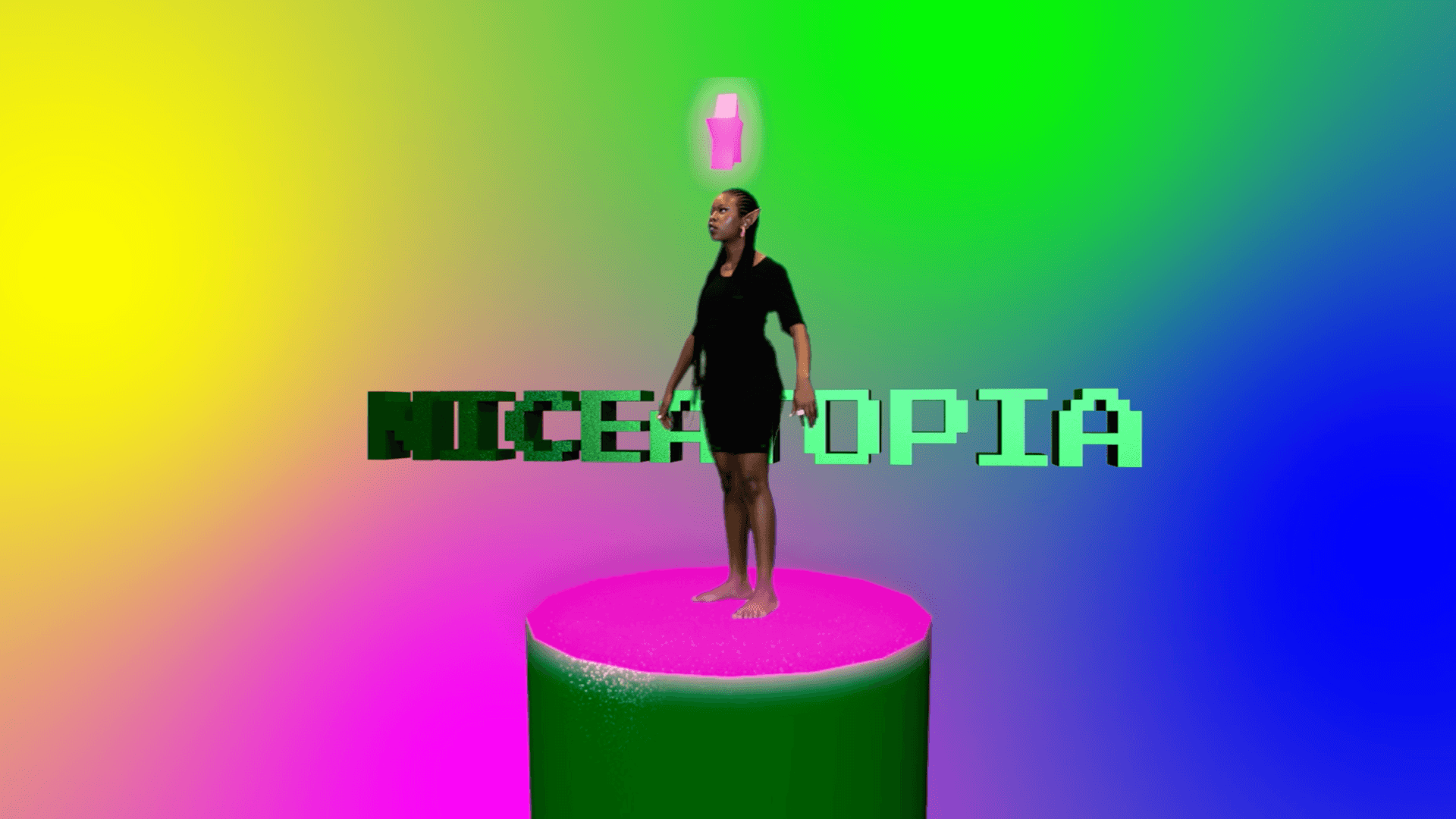
Prior to Natalie becoming the artist as we know – the plan was always to study law. I struggle to picture Natalie in the dull confines of a courtroom or performing legal administration, but I think her hope in justice makes total sense to the kind of joyful being that she is. On this, she says, “I was planning on being a lawyer throughout high school, and I applied for law at UCT and Wits – and on the last day of applications for drama and performance at Wits, I applied – it was very spur of the moment – and they only accepted around 40 kids. I did the auditions, and I got in. I had to break it to my parents that all these years of school were centred around a prospective law degree – and I was academic, so the goal was for me to continue that into adulthood, but they allowed me to be myself and study performance, even if they didn’t quite understand it then. I hated being on stage, ironically. That time gave me the space to see where I could fit into performance, but on my own terms – without the gut wrenching anxiety of being on stage. I started using digital mediums like video and editing – and taking elements of what I was learning in my degree – to envision a way of performance that encompassed me, rather than me boxing myself into a script. My first alter-ego was Nice, an online performance called Hello Nice – which followed the experience of a girl embarrassing herself online, and began this process of inquiry into personas online and what digital expression means.” Natalie’s expression of alter-egos is a signature among her work – a means to channel performance in a way that is situated in the precise environment that she not only wants, but builds herself. This experience of character plus environment is a study on world-building; and allows Natalie to bring forth as much of her imagination as she can in the finest details of colour, digital set design, costume; and in all, showcases Natalie’s immense variation of skill sets. On this idea of expressing herself through a prism of alter-egos, Natalie says, “A big part of it is wanting to be perceived, but not directly – and not wanting to always be perceived as myself. I’m figuring myself out, so characters allow me to understand elements of myself in isolation. I can present without an experience of embarrassment – instead, I can enter a space of freedom and play without any concerns. Even naming a character differently to me adds a degree of separation from my own self. Another aspect to my use of alter-egos is presenting my experience of being ‘other’ – and I always felt different any way, and I was always looking for those characters in the world, like weird, black girls that could connect to my context. So I built them, the cartoon characters or beings that I wish I had growing up; and in environments that can actually live on through the digital world, instead of a temporary show or play.”
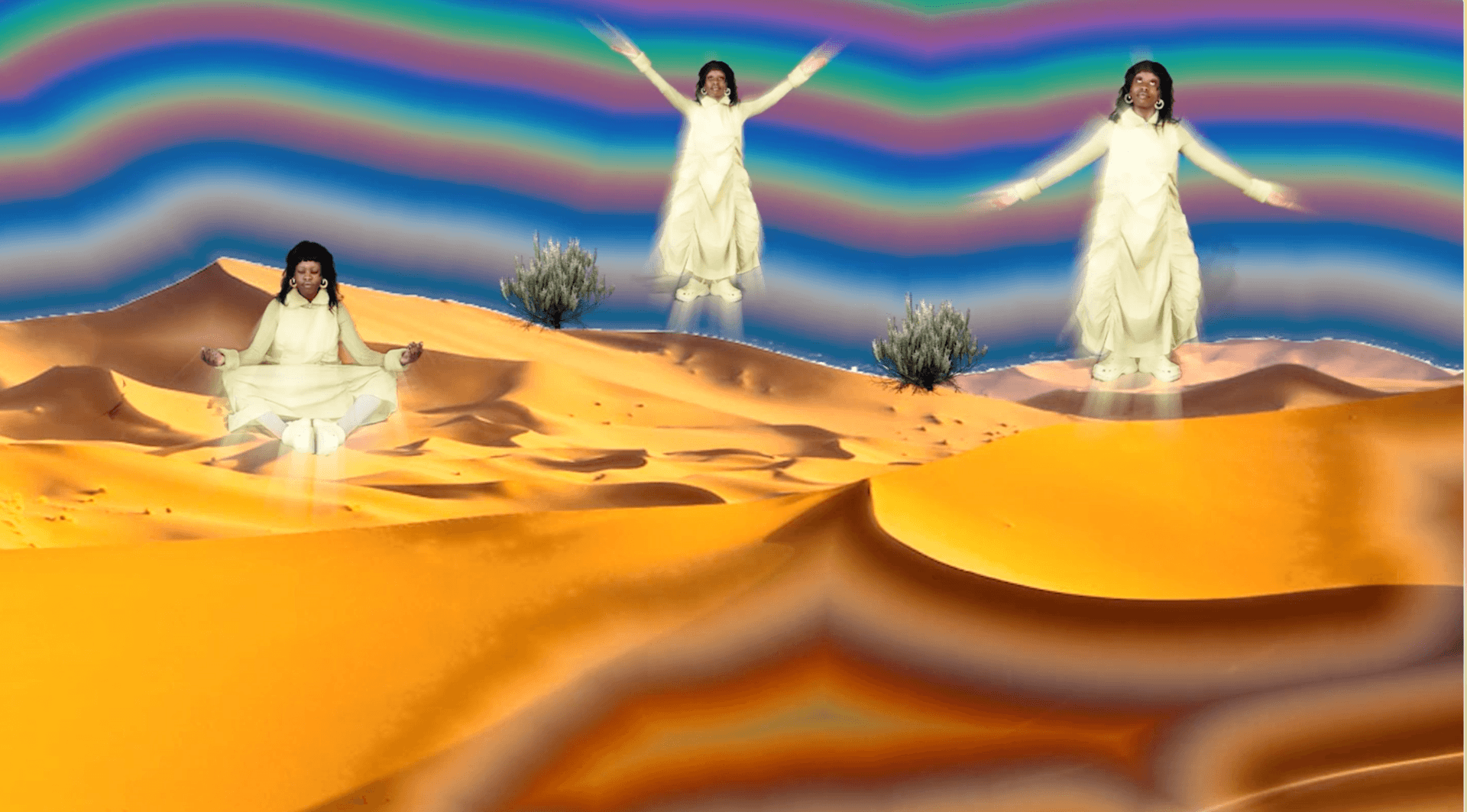
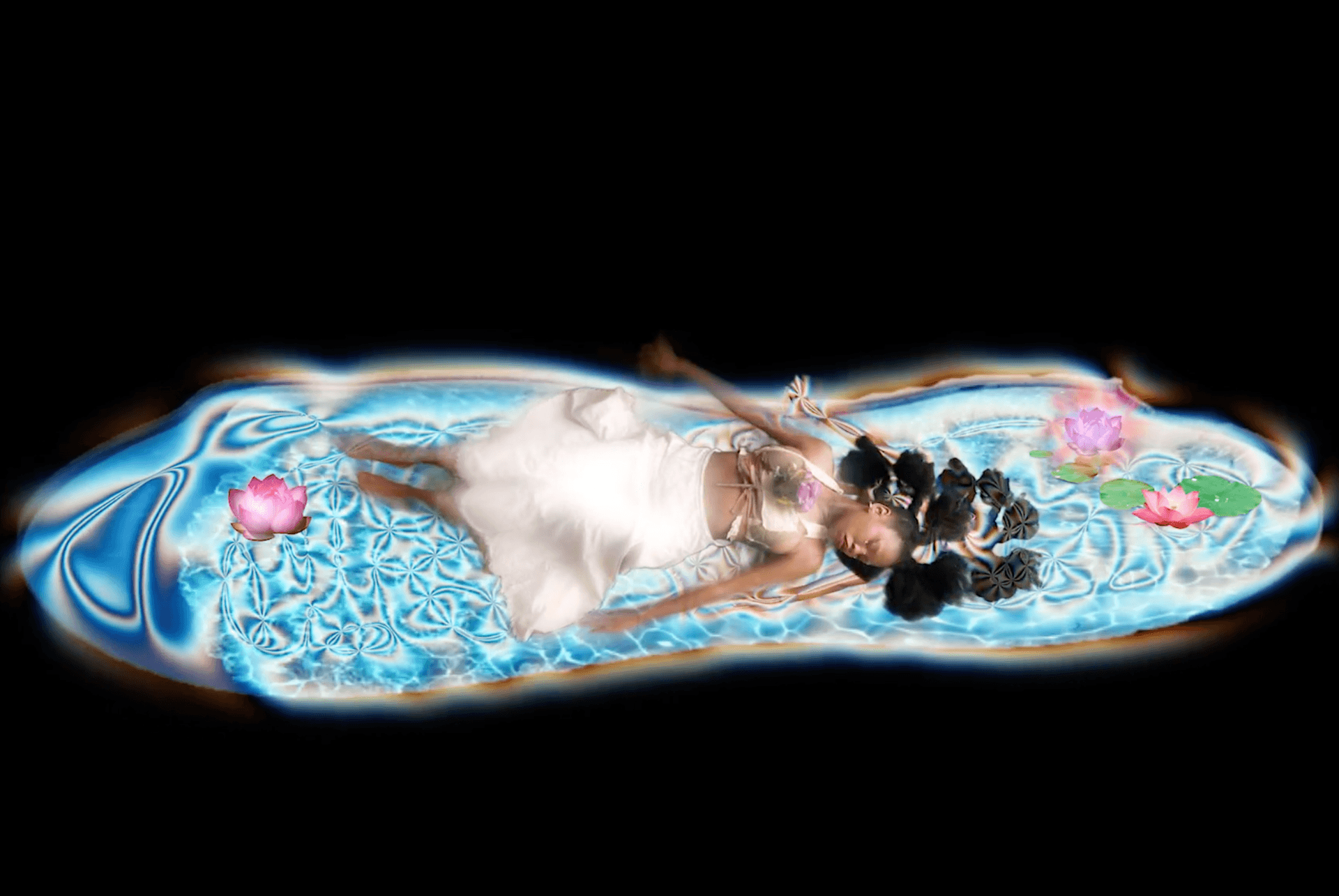
Natalie’s worlds are astounding and enriched by cyber-stylised colours and textures – a collection of her videos such as ‘Alien Sound Experiment’, ‘can’t escape dreamscape’ and ‘Out of this world ft. Elone Musty’ stands alongside portals like ‘Something Like CoStar’ – varying aspects of a growing archive that bring together Natalie’s interpretation of cyber-genres, pop culture and technology. In terms of describing what she does as an artist, Natalie explains, “Being a ‘new media artist’ is the best way I could define it, but it’s hard to describe what I do – and that’s because it is new, this whole landscape of digital art is still so young compared to other ways of creating and making. I’m looking for the language that contextualises it within South African art, and new media is a great umbrella term to frame my practice. There’s a part of the tangible and intangible that is presented in my work – like the juxtaposition between performance, which is a tangible act performed by a real human being, contrasted in a digital and intangible world. This tension has led me to create installations and light art recently, because I started to feel like my work was quite flat – or 2D – and I felt like I wanted to draw the digital worlds out into the physical world. It’s an interesting continuation of my practice in two realities – online and offline.” For Natalie, her practice is co-current to her experience as a person in the world – and the boundaries she can create with digital facing work has meant that she can work out presentation of her art in a way that is aligned with her growth, saying “It’s funny, because I’m still not at a point yet where I want to fully articulate what I’m doing – because I don’t actually know, yet, where this going. I like this surprising aspect of my work, so I’m finding ways to keep communicating what I’m doing without having to fully speak about it, and ultimately box myself in by giving too much of a narrative.”
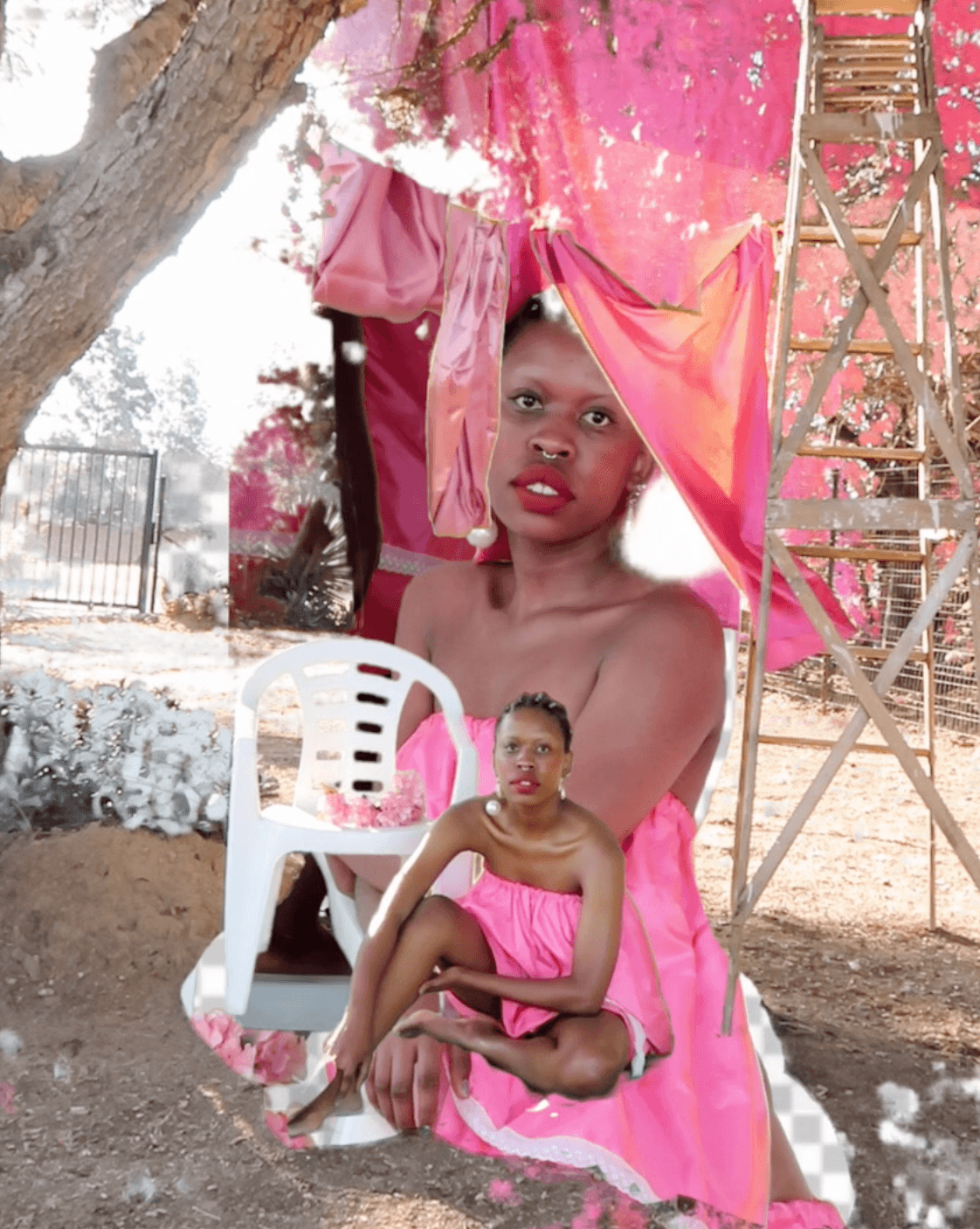
The spirit of play is fundamental to Natalie’s work – and while there are references to many things in her work – her art is born entirely from her own experience of reality. Natalie’s childhood as an often serious and quiet kid with a swirling inner-world is able to be channelled through the safety and autonomy that she has now as an adult – but it comes down to keeping her childhood continuing and intact, as art allows adulthood to be a second childhood; this deep sincerity comes alive in the utter joy it is to experience Natalie’s work, in a world where art seems to be a very serious, grown-up career, ‘’I’m looking for light, and I try to make light in my work – so the physical light work I’ve been making is intended to be that illuminating factor – but also the lightness of energy in my work, too. So I’ve dug deep to find my own light and my centre, and try to make what is real in my head, real on the outside. My childhood brain and heart is my source, and reconnecting with my own dreams – and the dreams of my little self – and the older I get, the more I feel free and closer to protecting the dreams of what I wanted to see in the world, and what I want other little, weird black girls to see in the world. Art allows me to share who I am, and to not be isolated, and not have to explain myself too much; I let the art do that for me.”

